Recycling Really Matters, But It’s in Need of Some Help From These Technologies
Recycling has become a normal part of everyday life for almost all Americans. Though the concept of recycling has been present for millennia, the modern recycling movement was really accelerated in the 1970’s.
The symbol for Reduce, Reuse, Recycle (The Mobius Loop) was invented in the late 60’s, and just a few years later it was recognized in establishments throughout the world. Today, it offers direction beyond where to throw our trash. The Mobius Loop has become a symbol of hope and motivation for those who make the world a better place, one reusable bag at a time.
Recycling is a fantastic way to make a small but mighty contribution to the well-being of our planet, but not everyone truly understands the core benefits that come from recycling. They don’t understand why it’s so important and what they’re accomplishing when they toss that plastic bottle in the recycling bin.
In this article, we’re going to do a deep dive into the world of recycling, examining why recycling matters so much, some of the disadvantages in recycling, and how emerging recycling technologies are significantly improving some significant problems we face.
What Does Recycling Accomplish?
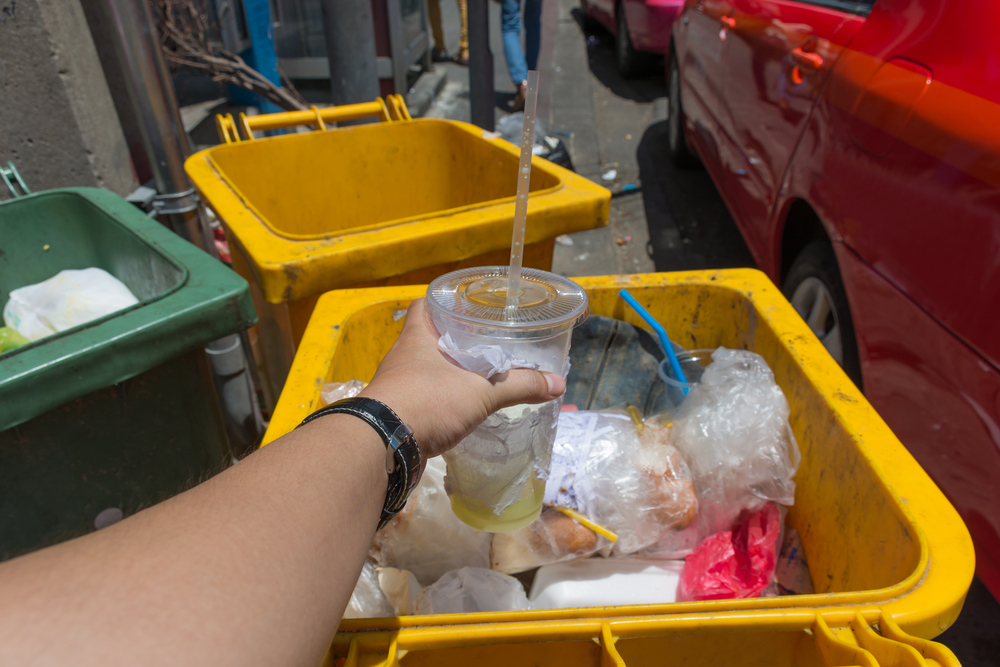
Though recycling seems like such a small thing, it actually makes a huge impact. Every soda can counts, including yours. By recycling, the negative environmental footprint humans make each day is reduced. The world feels a little bit lighter.
Waste placed in the trash goes right to the landfill. There are 2,000 active landfills in America, and they aren’t getting any smaller. Landfills not only take up space, they are dangerous and toxic. Recycling helps to keep the size of the closest landfill at bay.
Items that are recycled are broken down and used to create new products, and these recycled products are less expensive to make. A recycled notebook is cheaper to make than a new one.
There are over 8 million tons of plastic dumped into the ocean each year. If we don’t recycle, water bottles in the ocean will outnumber the fish in the near future. Like, in your lifetime. We won’t be able to eat fish anymore because there will be too much plastic in them from what they eat. For the love of fish, recycle.
Recycling is essential for keeping our earth pristine and clean, which is an enormous accomplishment.
Recycling Matters… A Lot
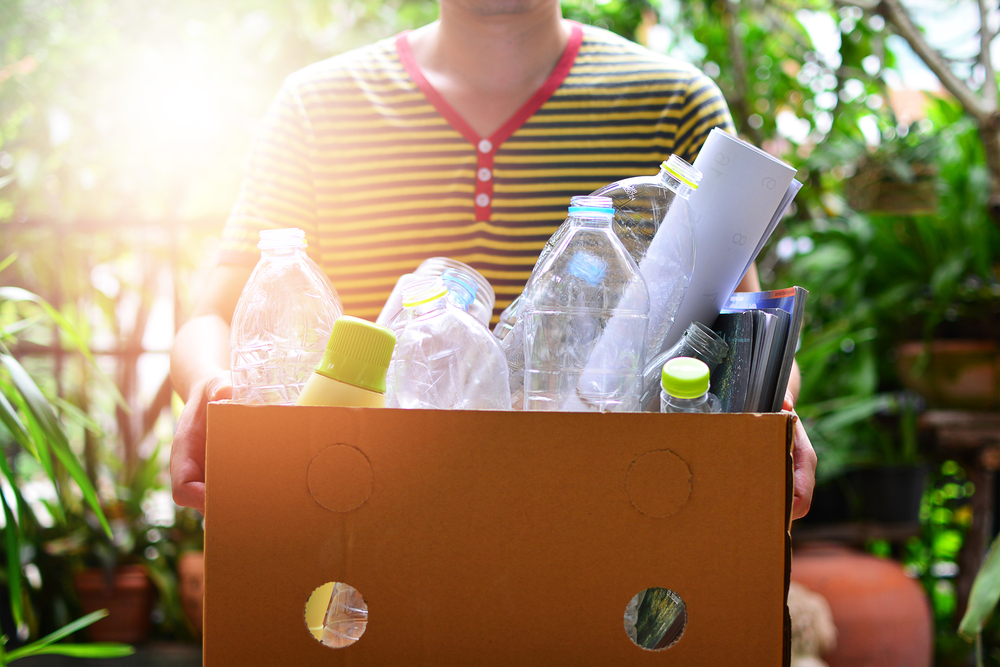
There is certainly a reason recycling is so popular. It’s such a nice feeling to do the right thing for the greater good, and it’s rarely an inconvenience. But recycling is about so much more than those good feelings. Recycling has a number of proven benefits which demonstrate just how powerful and important it is.
Recycling Reduces Greenhouse Gases
Of the many benefits of recycling, its ability to reduce production of greenhouse gases may be the greatest. The concern over climate change has grown even stronger with each passing year. The conversation about what to do has grown louder. As climate change continues to show itself, dedicated innovators are doing everything they can to find a solution.
The number of greenhouse gases crowding our atmosphere has grown too high. They trap heat and alter our weather patterns which are causing erratic weather and serious global warming.
When it was found that recycling reduces greenhouse gas emissions, the recycling movement gained even more momentum. When we recycle, it means fewer trees need to be cut down, which in turn means there are more trees available to remove dangerous greenhouse gases from the atmosphere.
Recycling Saves Energy
When you recycle, you help save energy that would otherwise be expended later. Recycled products require much less energy to process and recreate than the energy to make something entirely new.
To make something new, energy is expended in order to find, obtain, transport, process, build and distribute new products. Recycling reduces the amount of energy required to manufacture entirely new products.
Recycling Conserves Resources
When we don’t need new materials to produce new products, we are saving those materials from being destroyed. Recycling saves precious resources such as the trees that so give us oxygen and remove CO2 from the air.
80,000 acres of forest are cut down each day in order to gather materials for goods. By recycling, we get to prevent even more trees from being cut down. Instead of disrupting nature in different parts of the world, recycling products in America leads to more products made in America.
Help the Economy
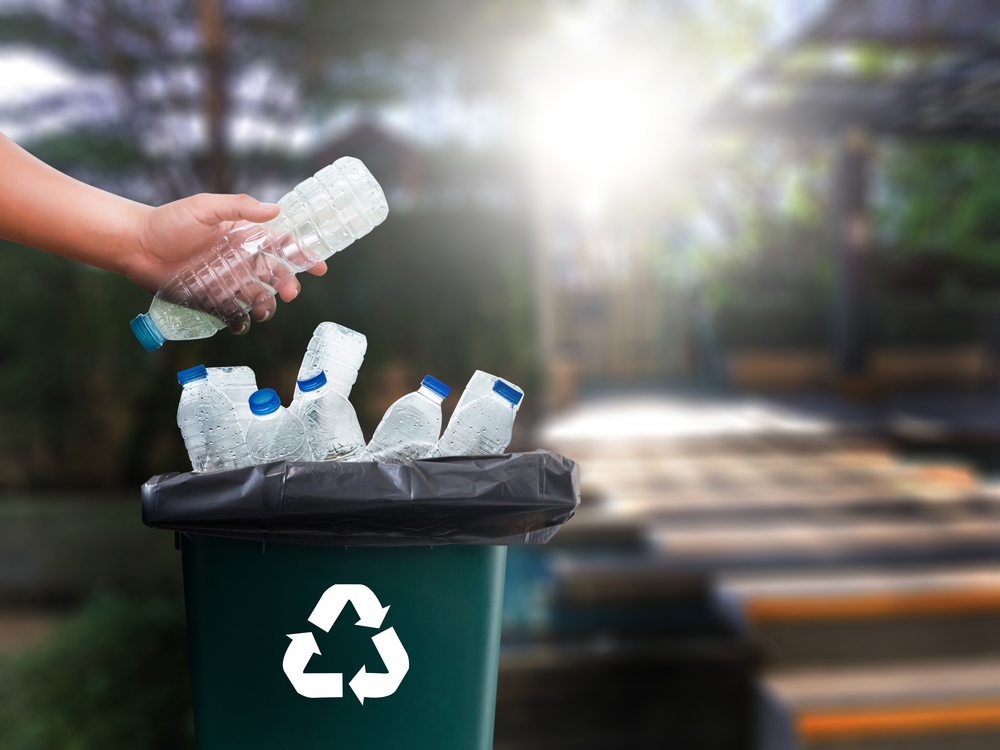
Consumers who buy products, recycle them, and then buy more recycled products are contributing positively to the economy. Because of the rising recycling industry, products recycled and then processed in America become American-made goods. The need for recycling services, processing facilities, and production factories has created thousands of jobs.
Essentially, recycling is a virtuous circle. When we recycle it then leads to people buying recycled products which are then recycled again. All of this activity ends up contributing to the overall economy.
Disadvantages to Recycling
Recycling may sound too good to be true. And while it is certainly one of the many things coming together to help save the environment, recycling is the end-all be-all solution. This solution to the waste problem comes with its very own set of problems.
Recycling Is Expensive
Recycling helps the American economy by creating jobs and supplying American-made goods. Unfortunately, recycling and the process of recycling are quite costly.
In order to begin a recycling initiative, the upfront cost is high. It’s not just as simple as giving everyone a recycling bin. There are many upfront costs that must be dealt with before recycling can even begin.
For example, factories must be upgraded to accommodate the processing of recycled goods, new trucks have to be purchased to haul the materials, and workers must be hired to process all the materials. Yes, recycling is fantastic for the environment but it costs a significant amount to execute an effective recycling program.
Recycling Creates Safety Concerns
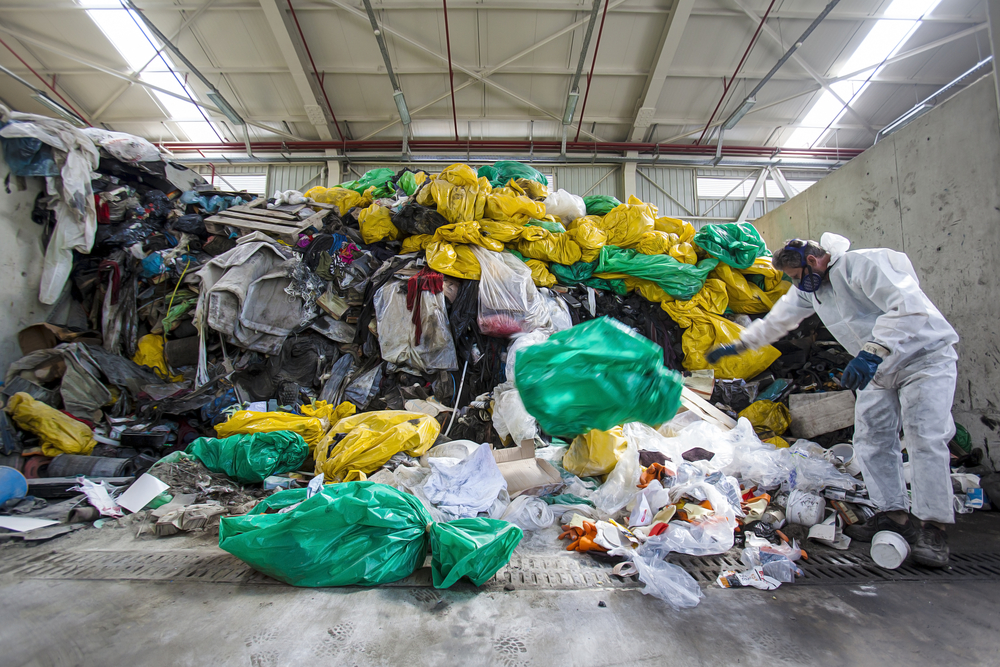
As is done with trash, recycled waste must be taken somewhere after it’s picked up from your sidewalk. These processing sites may not clean nor sanitary, and can create a potentially hazardous environment.
The materials that enter these recycling sites are frequently unhealthy, and infectious diseases are easily spread. Though recycling is a better alternative to sending plastic to landfills, it does not mean that the process is any cleaner or any easier.
Recycling Can Create Products of Questionable Quality
When items such as paper are being processed, they are not separated into categories based on quality. For example, high-quality card stock is mixed in with old newspaper.
When these materials are combined, they can end up making a final product that does not stand the test of time. This can cause consumers to lose trust in recycling, and it can lead to more waste when you have to keep re- buying the same product.
New Recycling Technologies
Though recycling may be a sloppy and expensive process at the moment, new recycling technology innovations are changing the future of recycling. Soon, recycling will be seamless, easy, and effective. Below are just a few of the recycling technology examples taking the world by storm.
New Plastics
According to a study presented by the University of Houston in 2017, one of the biggest challenges to recycling is that it’s labor intensive and costly. Currently, different types of plastics must be sorted in order to be recycled. Additionally, chemicals are often used to break down plastics, but this is a very energy intensive process.
To solve this problem, researchers are looking into creating substances that can allow all manner of plastic to be recycled together, which would save dramatically on labor and energy costs.
Artificial Intelligence
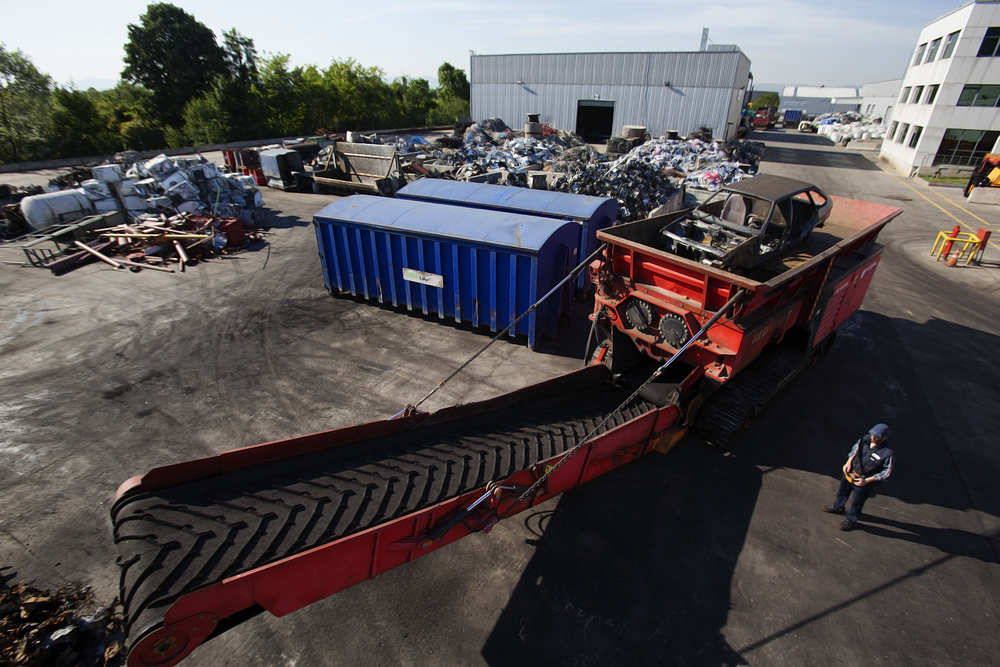
Artificial intelligence has made its way into the recycling and waste industry in a big way. This technology allow robots to complete precise and complex tasks that are tedious for humans (and cost money because a person must do them).
For example, in 2016 a robot named Clarke was installed at two recycling facilities in Colorado. According to Jennifer Kite Powell:
Clarke has constantly improved its recycling skills, grabbing approximately 60 cartons per minute with near perfect accuracy. Clarke has been programmed to recognize images from the cartons including logos and package printing which it applies to the next round of sorting and grabbing. The Clarke system has the ability to sort at super-human speeds, diverting material for re-processing that might otherwise end up in landfill.
Chemical Recycling Methods
Using various chemicals in order to break down materials has gained interest as more research has been done. What has especially intrigued researchers is using chemicals to aid the breakdown of plastics. Currently, it requires a huge amount of energy to break plastics down into their original monomers from which they can be shaped into new plastics. However, new chemicals are being researched and developed that would break the plastics into monomers with minimal expenditure of energy.
As Jeannette Garcia notes:
Although mechanical recycling is currently the most commonly used recycling method, its drawback is that plastics have to go through a melt-and-remold process, which causes the materials to lose important properties such as strength, flexibility, or clarity. In theory, if chemical recycling methods were developed that enabled 100 percent breakdown for plastics to monomer, then the plastic could be recycled an infinite number of times!
Safety
Huge improvements have been made in order to keep safe the people who make recycling possible. Recycling things is not easy and processing them is even more difficult.
New recycling technology was added to many recycling trucks in recent years. This technology allows drivers to stay in the truck, while an arm in the back picks up, empties, and then puts back the recycling bin.
Additionally, trucks are being outfitted with GPS locators, backup cameras, backup sensors, and even high definition cameras. The goal is to keep those who process recycled materials as safe as possible.
As Jessica Mayorga, spokesperson for the National Waste & Recycling Association, says:
We have seen many companies grow their safety efforts by using the data from these technologies for driver training and to help all of their employees become better prepared to be safe while on the job.
Doing Your Part
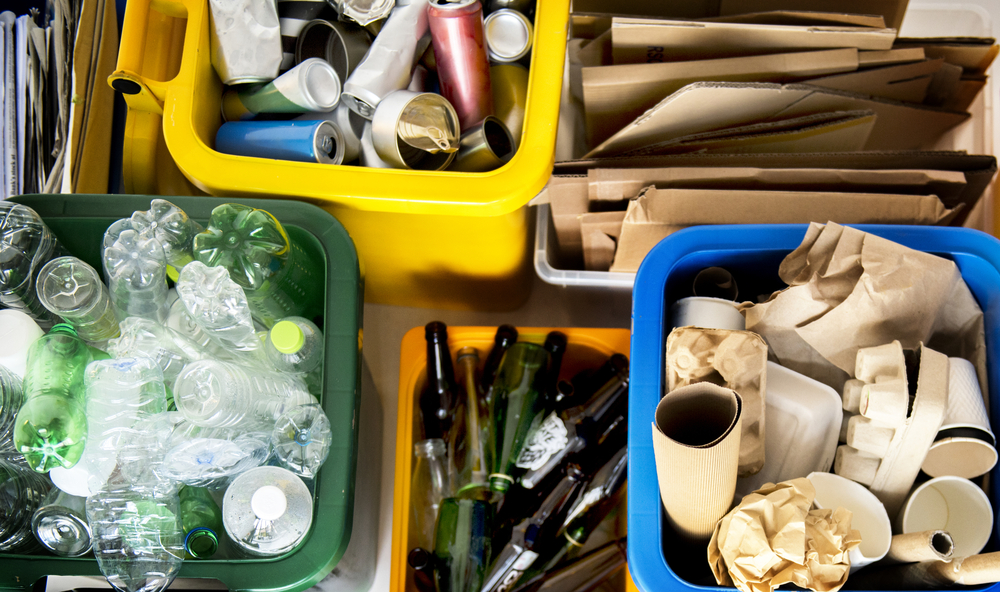
It can be difficult to know the ins-and-outs of recycling. Sometimes it can be difficult to know whether to put saran wrap in the recycling bin or the trash bin. It can be difficult to find out the information needed to dispose of materials such as old electronics or batteries. Though it can seem intimidating to learn about recycling, it is a practice worth learning.
What to Recycle
Though saran wrap sort of looks like plastic, it is actually not recyclable. While there are some things that are easy to pick out, there are other things that are more confusing. For example, we all know that cardboard boxes should be recycled. But did you know that greasy pizza boxes should not be recycled? They can actually contaminate the items they are recycled with.
Typically, there are pictures and key phrases next to many public recycling bins. These will help you get an idea of what to recycle, and where its okay to do it. Some stores, such as Whole foods, have multiple types of recycling bins for various products such as plastic utensils and napkins. There are also many great resources online that will tell you exactly what you can recycle.
Conclusion
Climate change is impossible to ignore, but many people don’t know where to begin when they decide they want to make a difference. Recycling is one of the easiest places to start. Recycled goods promote local growth and consideration of the environment. New technological innovations in recycling are guiding the way towards a greener future. And though there are drawbacks to recycling, innovators are coming up with solutions constantly.
It’s not always easy to begin a recycling habit. Thankfully, accommodations with street trash pick-up and sidewalk waste bins are making it easier than ever to make the sustainable choice.
 Castings & Forgings
Castings & Forgings
 Bulk Material Handling
Bulk Material Handling
 Electrical & Electronic Components
Electrical & Electronic Components
 Flow Instrumentation
Flow Instrumentation
 Hardware
Hardware
 Material Handling Equipment
Material Handling Equipment
 Metal Cutting Services
Metal Cutting Services
 Metal Forming Services
Metal Forming Services
 Metal Suppliers
Metal Suppliers
 Motion Control Products
Motion Control Products
 Plant & Facility Equipment
Plant & Facility Equipment
 Plant & Facility Supplies
Plant & Facility Supplies
 Plastic Molding Processes
Plastic Molding Processes
 Pumps & Valves
Pumps & Valves
 Recycling Equipment
Recycling Equipment
 Rubber Products & Services
Rubber Products & Services